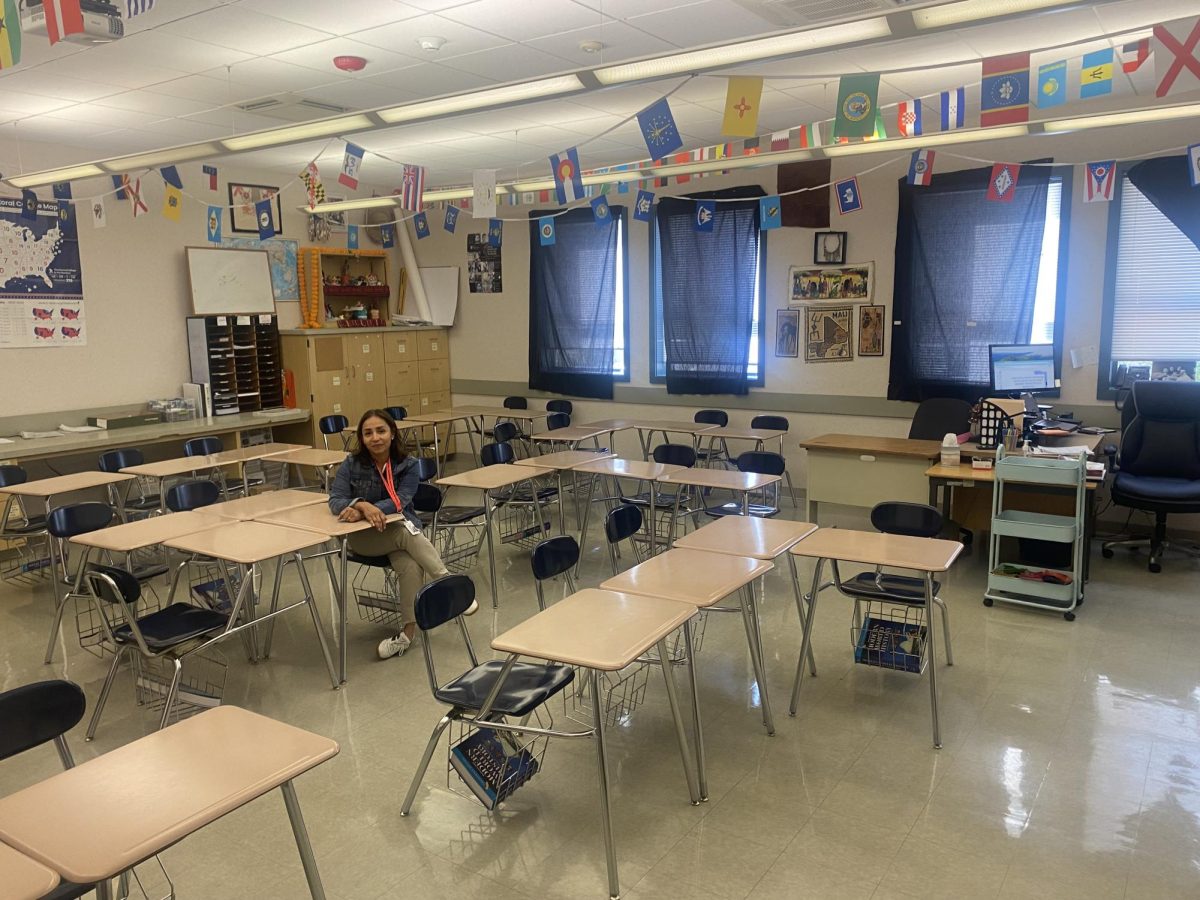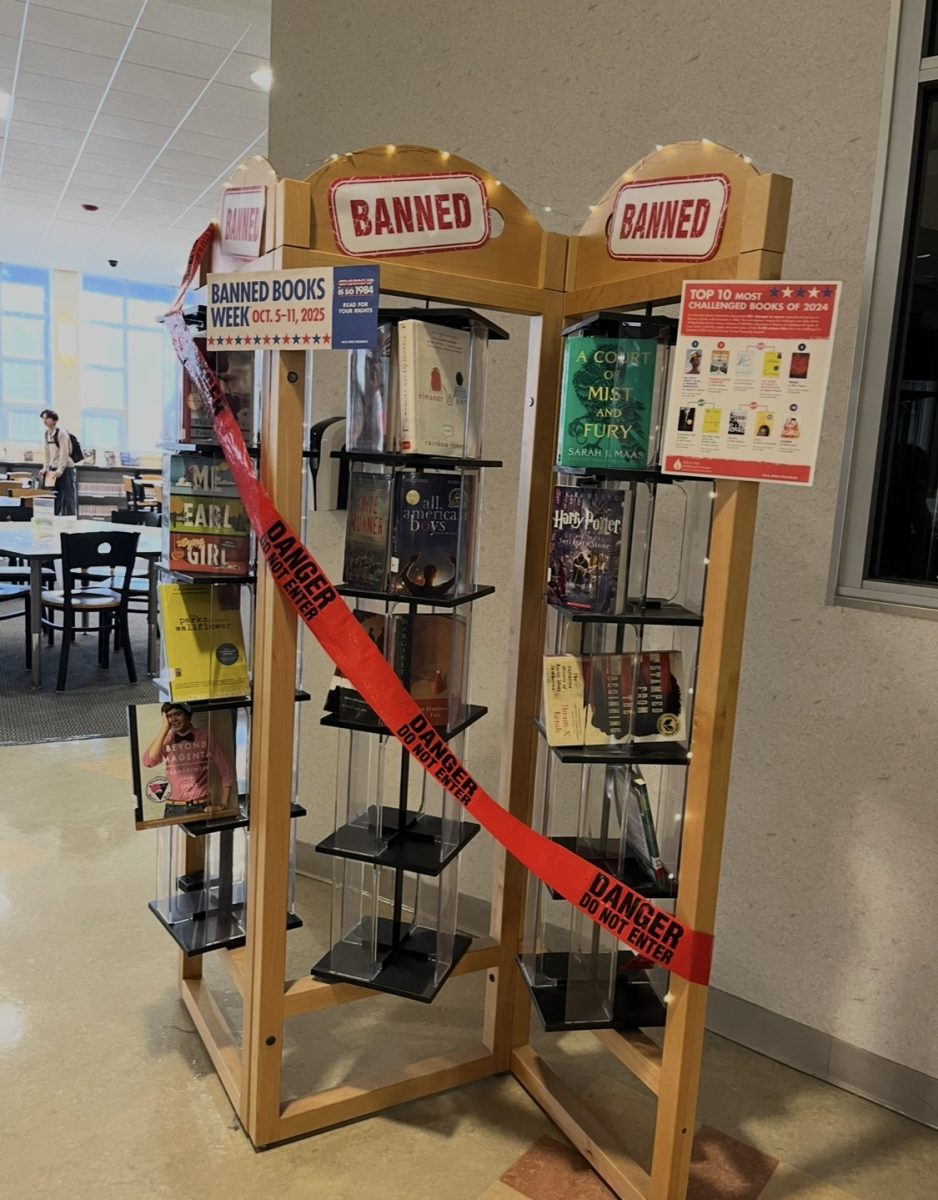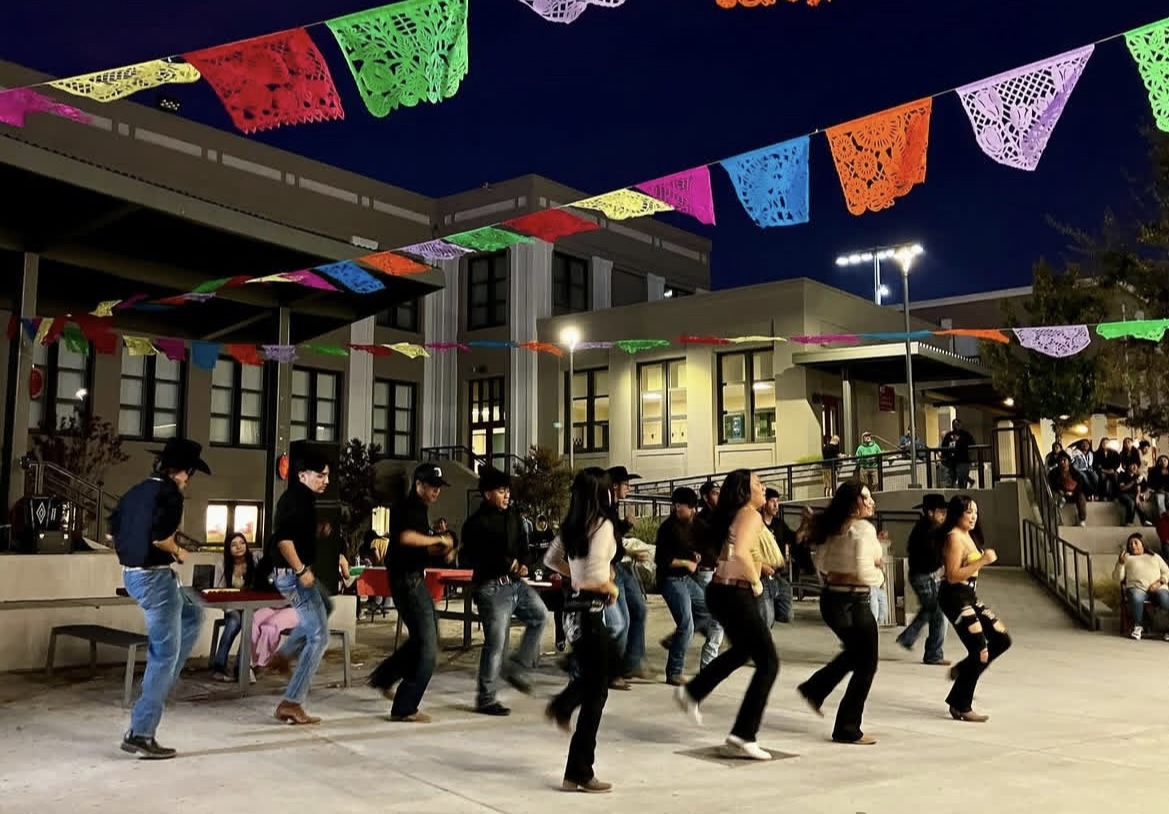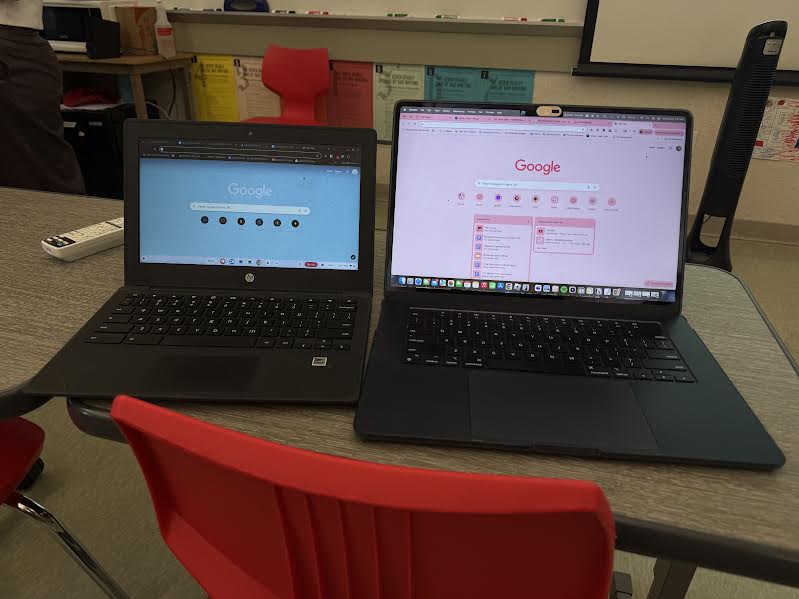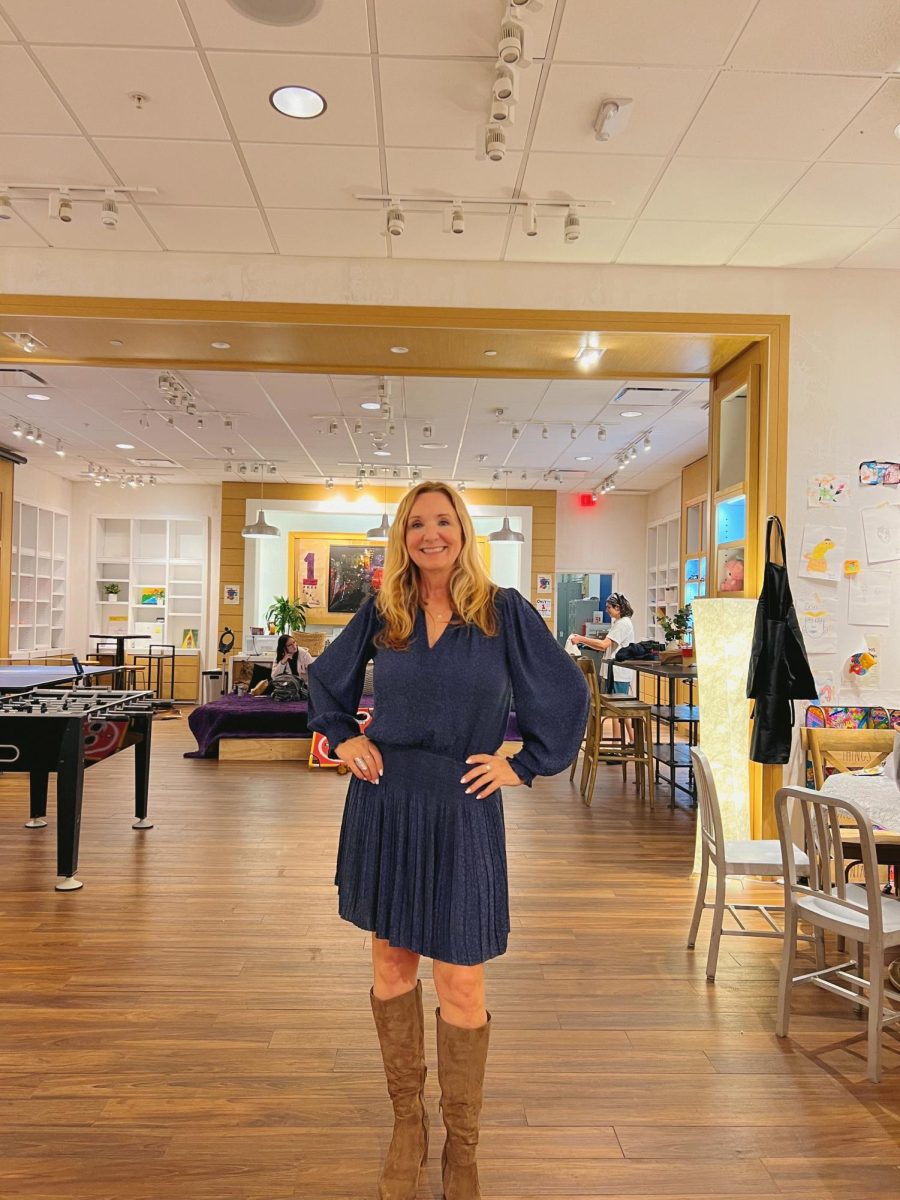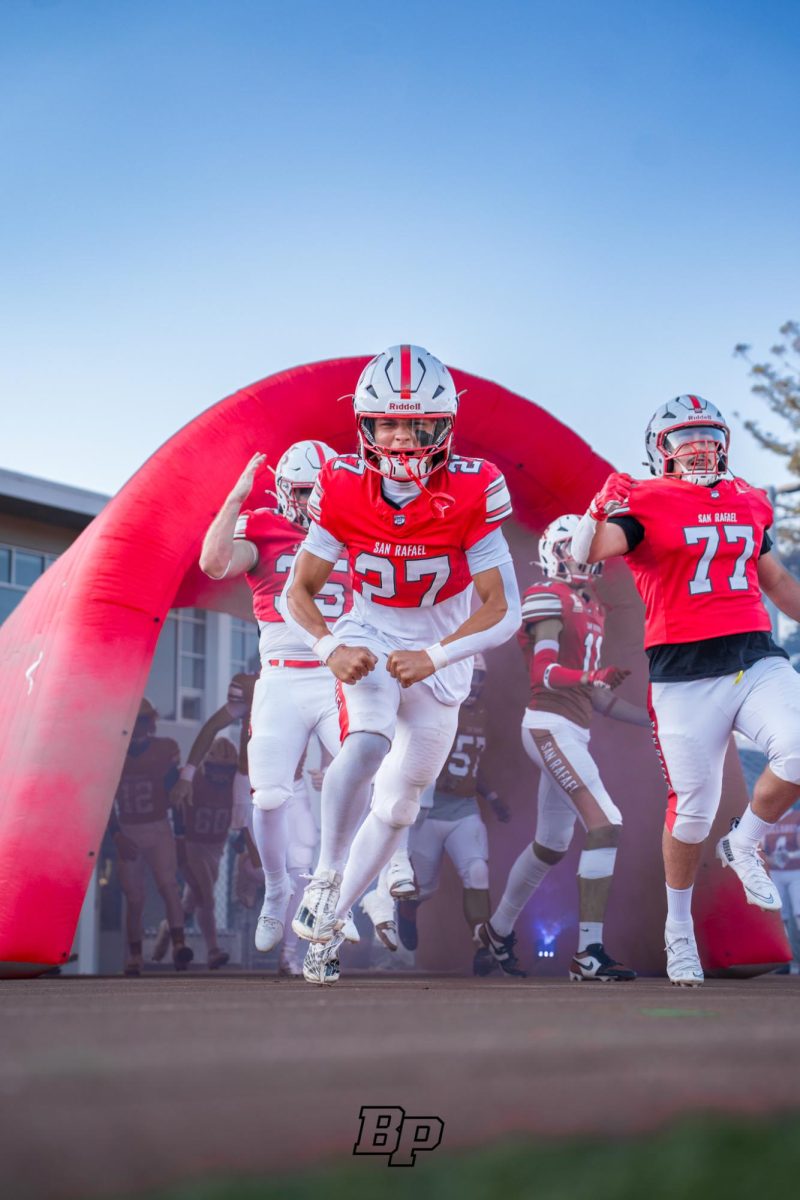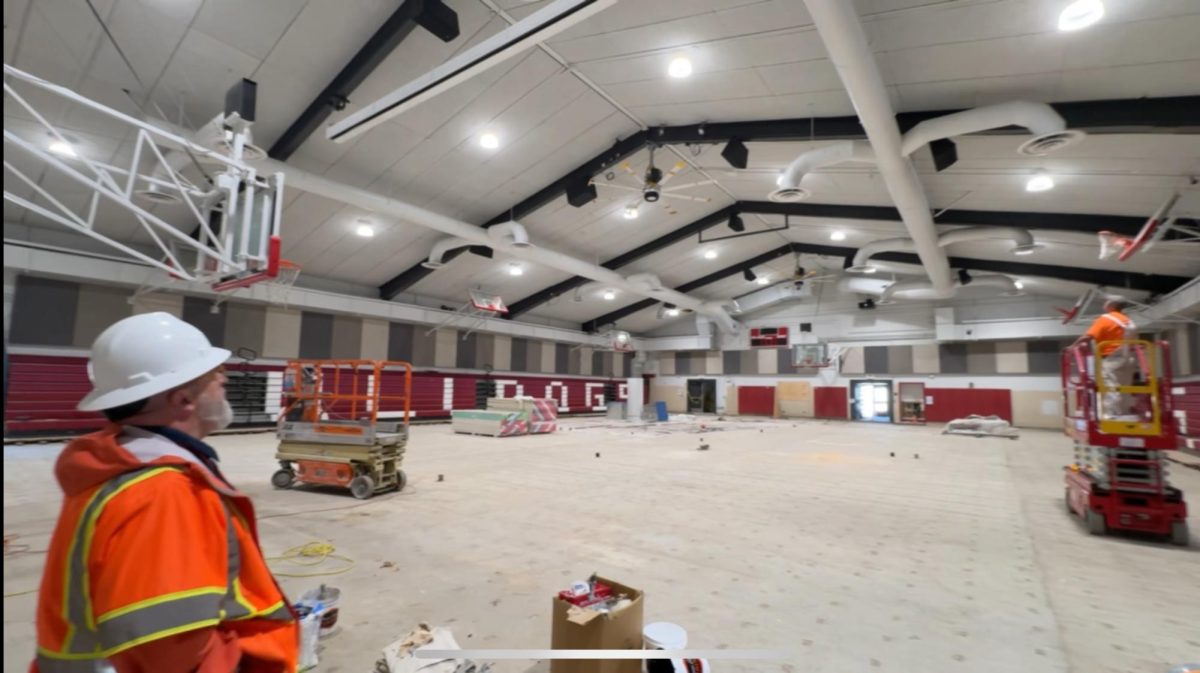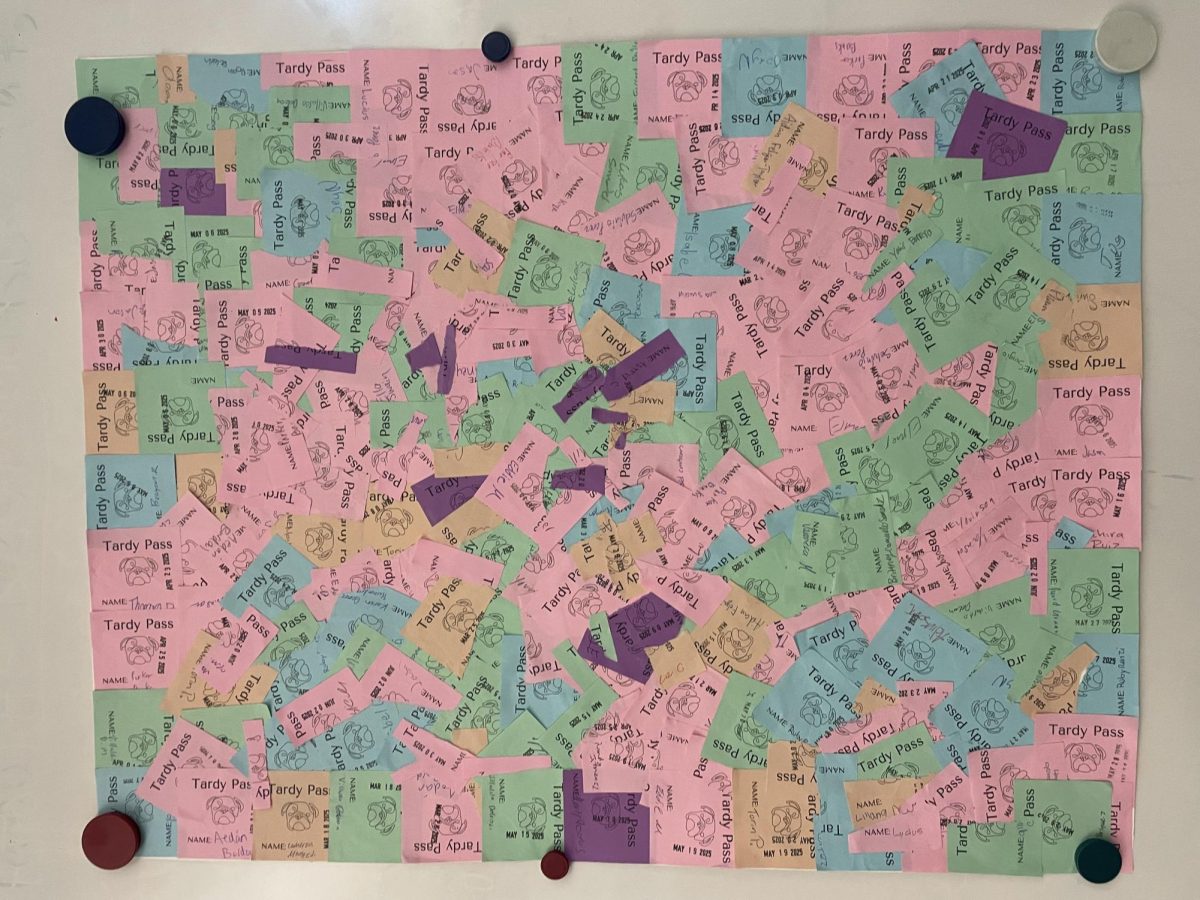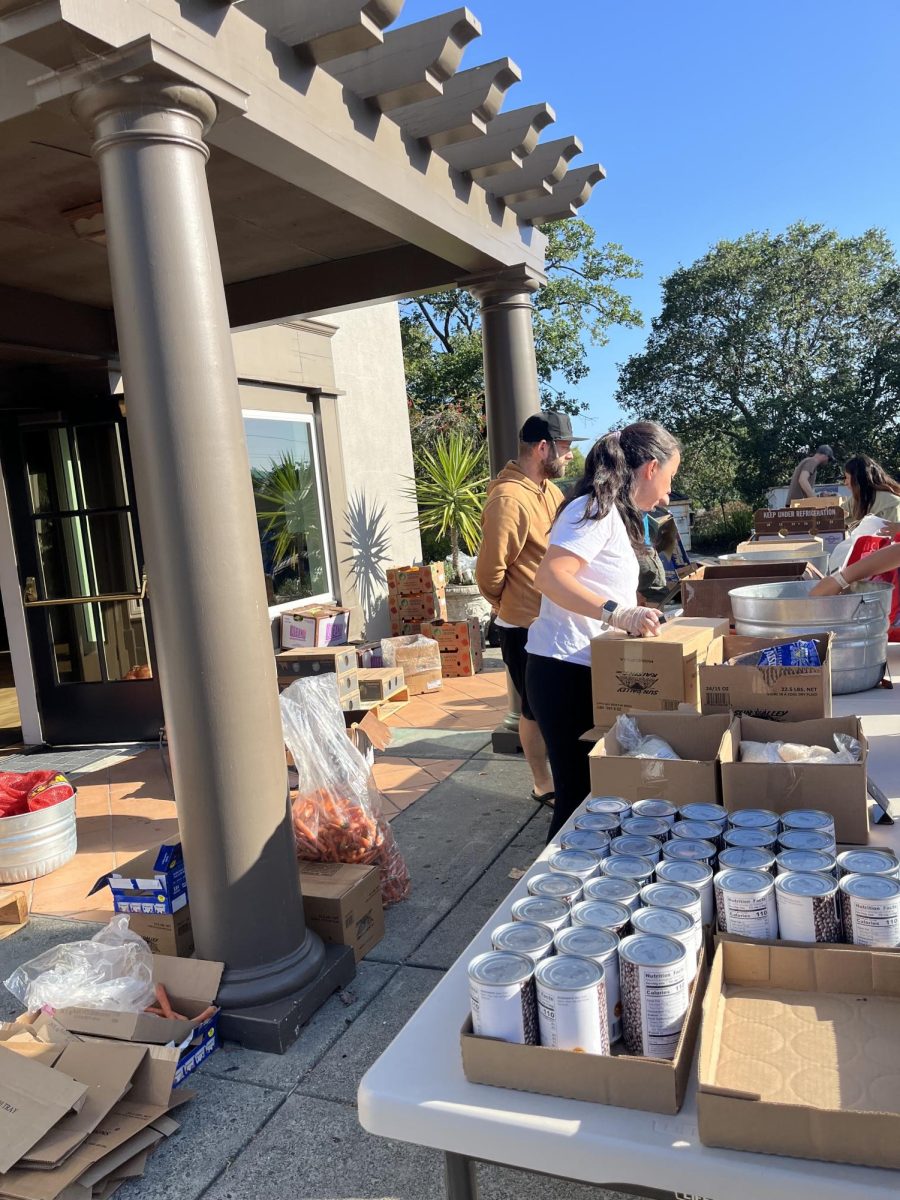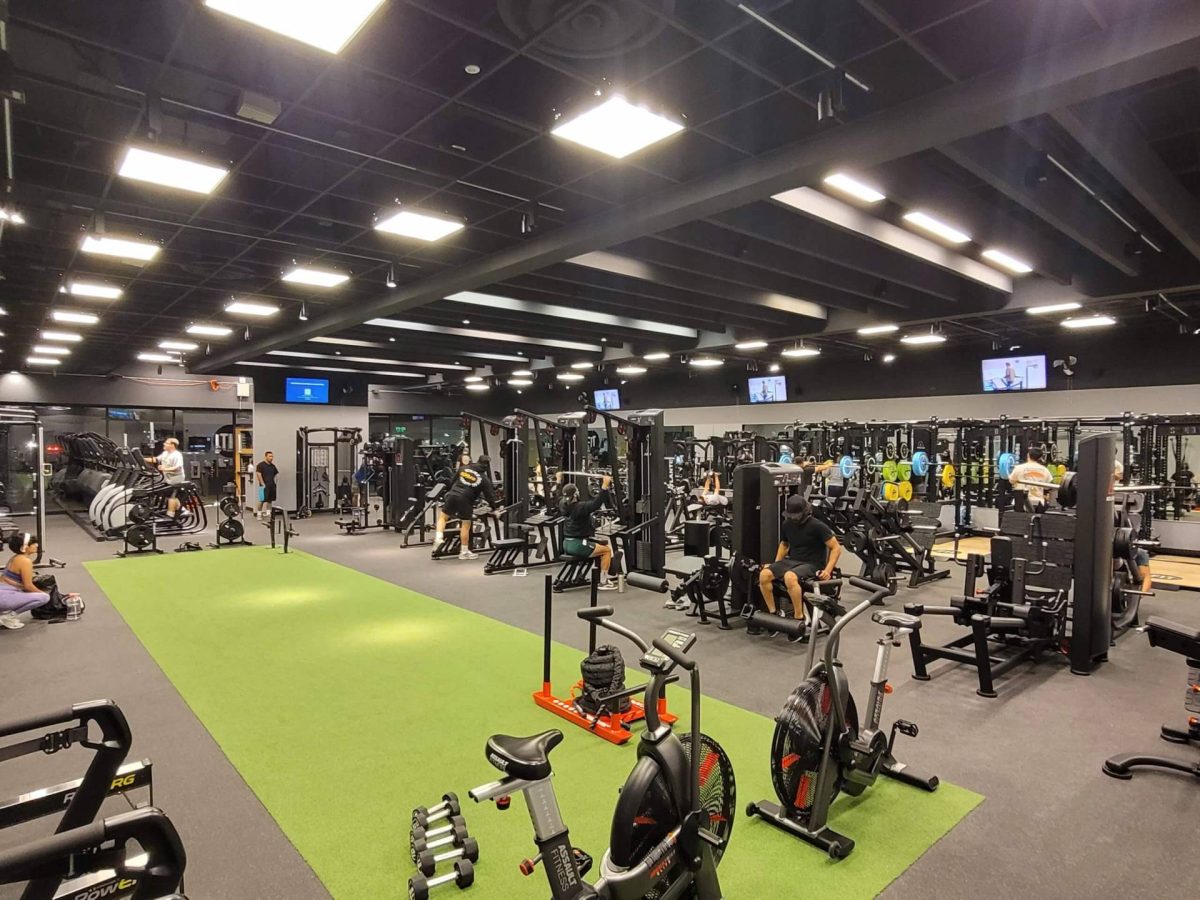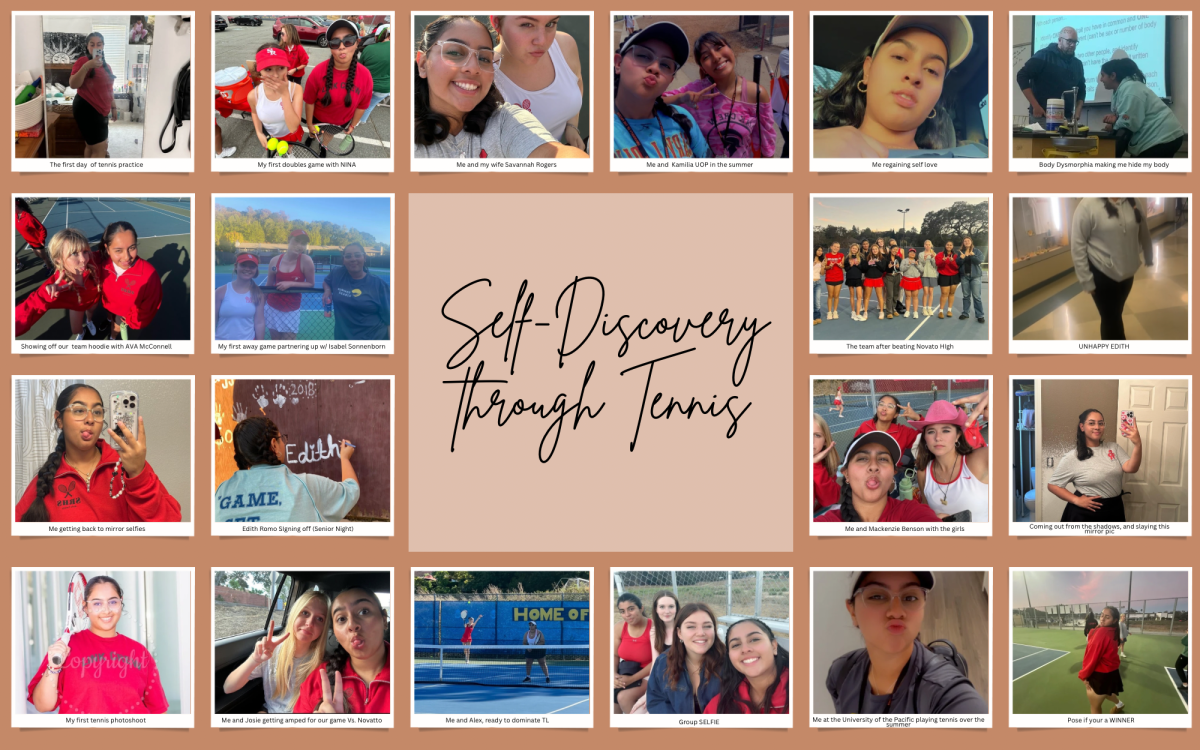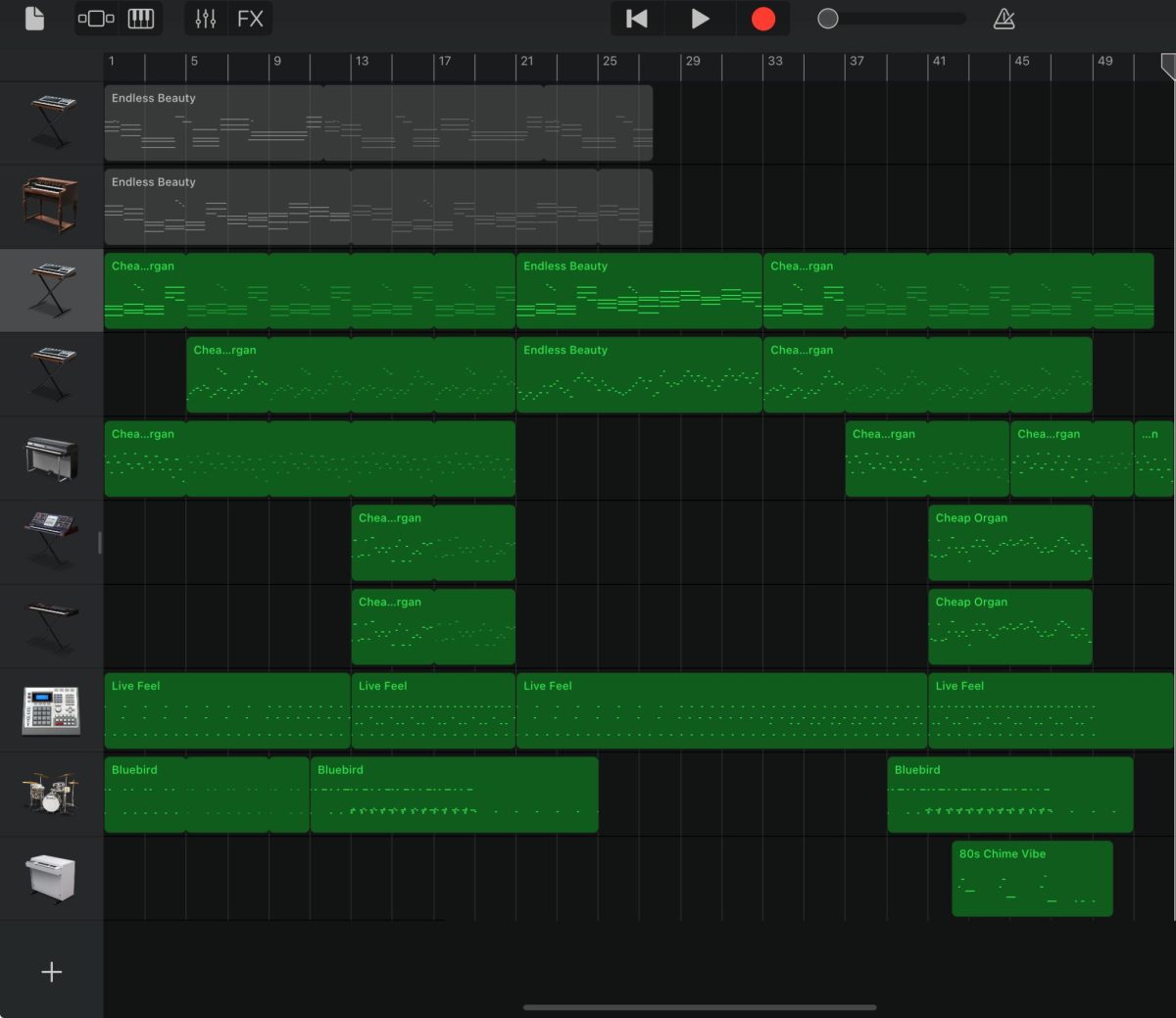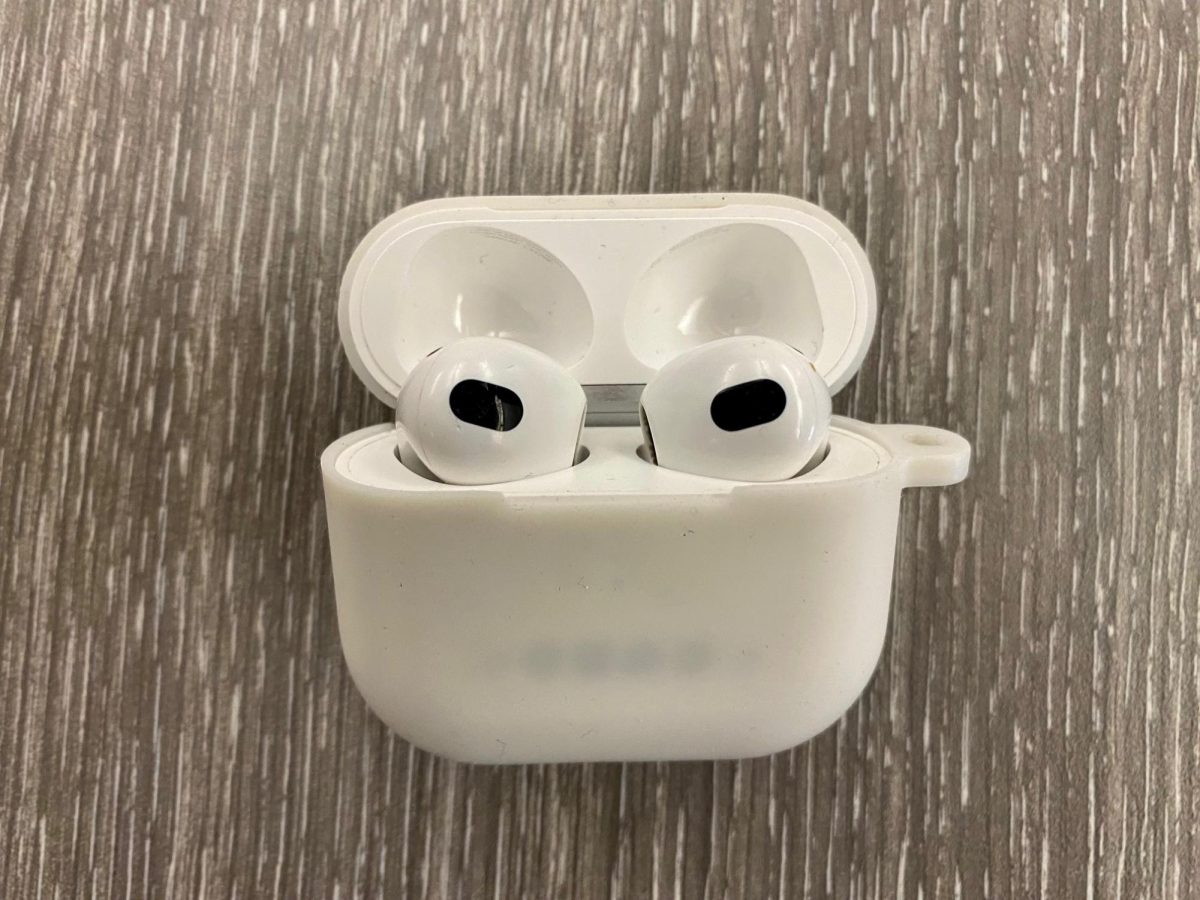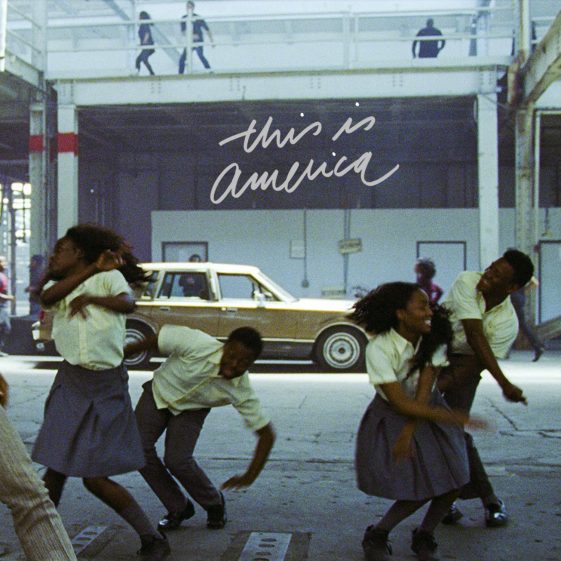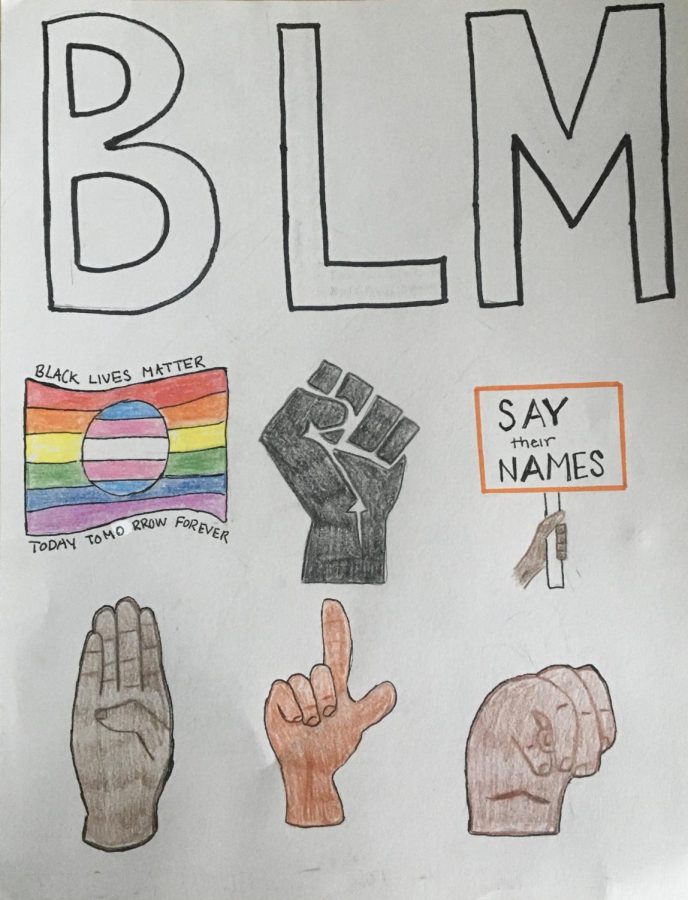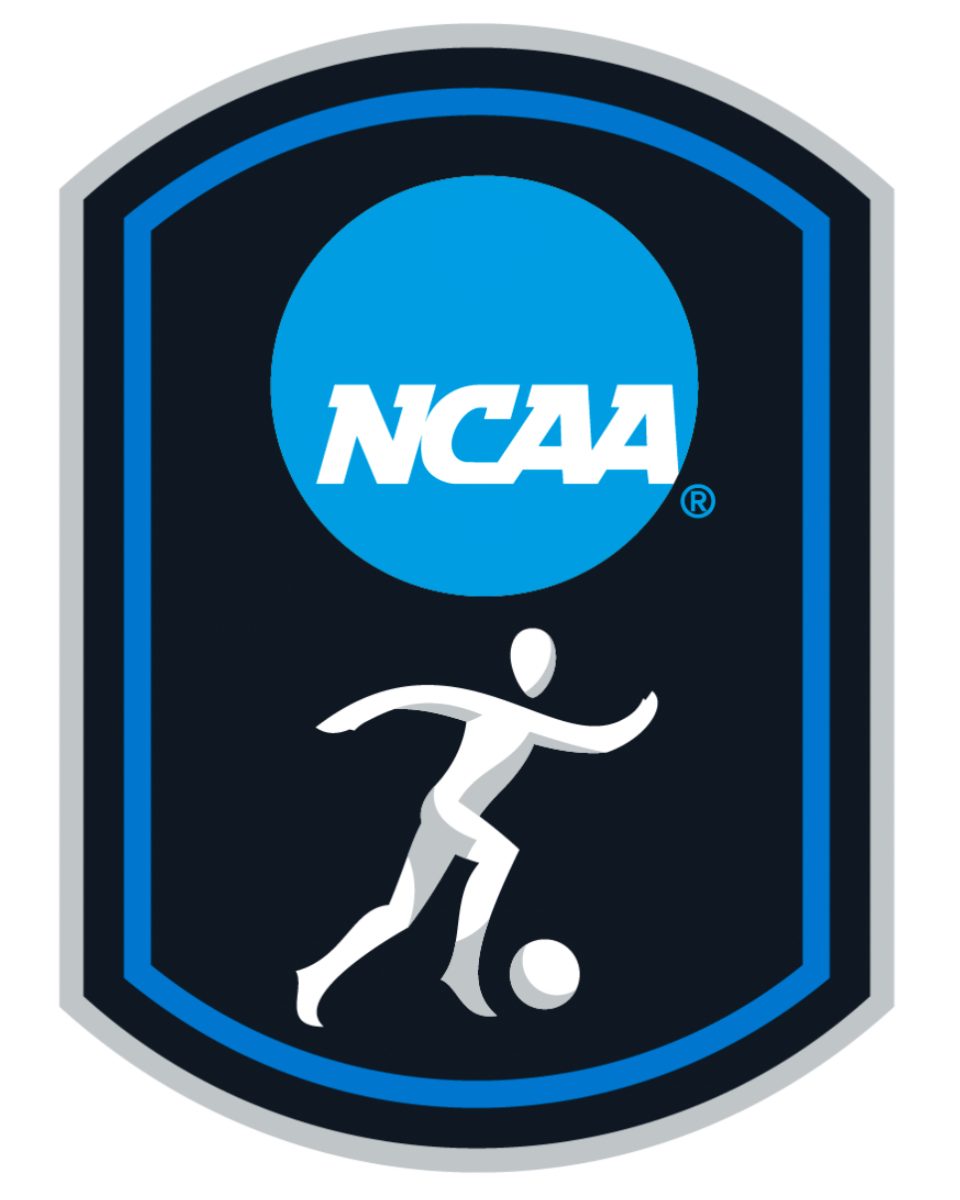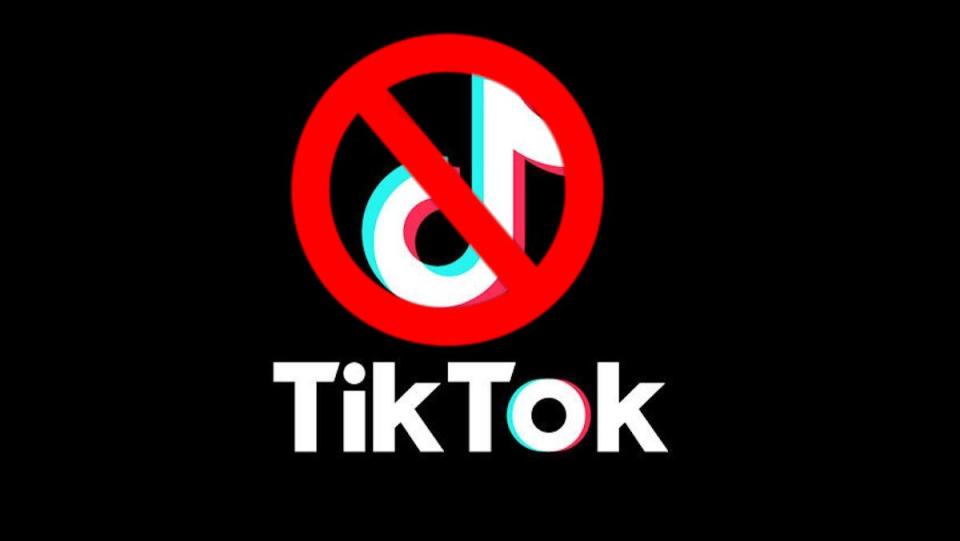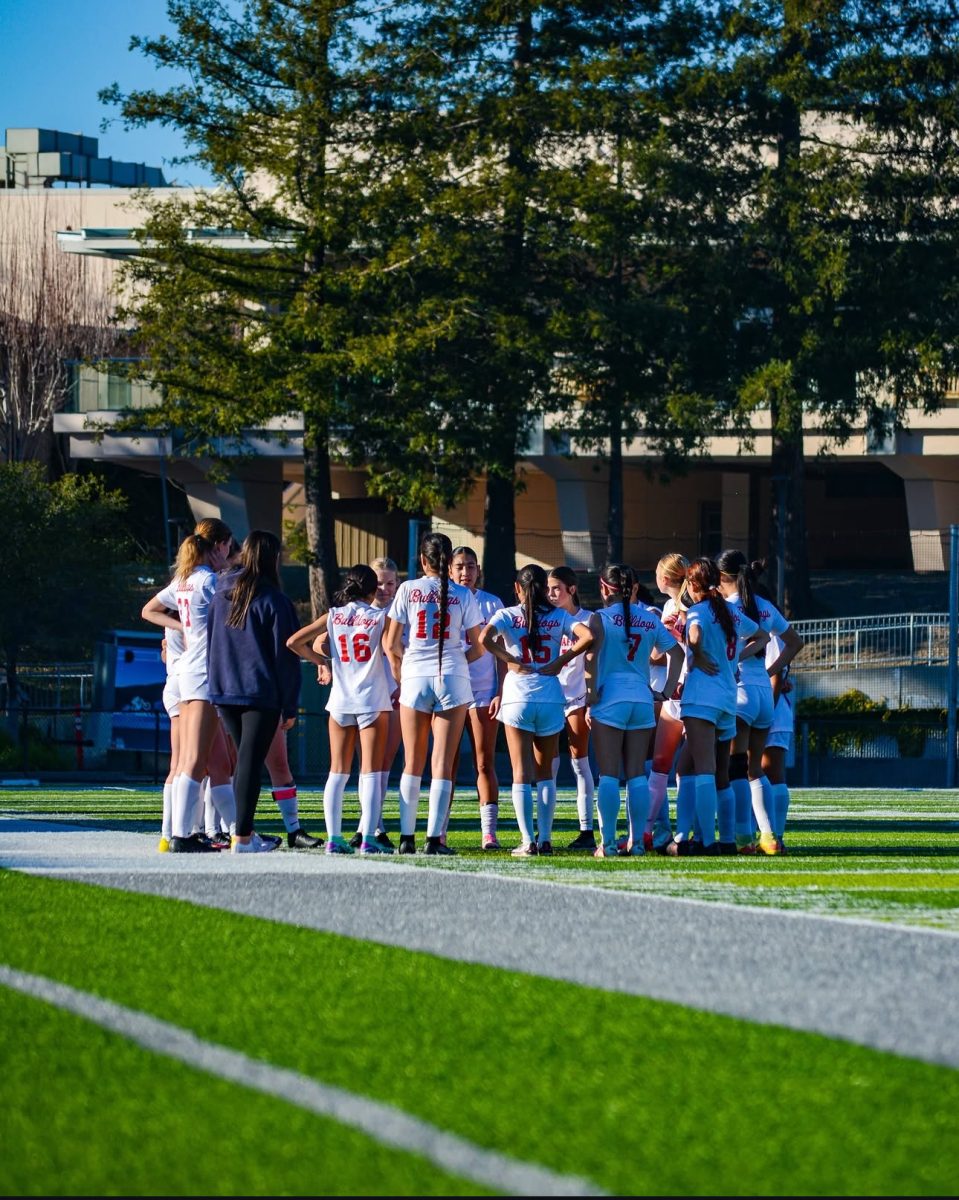Deep down, every athlete has dreamt of playing for a Division 1 program. But, for most athletes that’s unattainable and unrealistic.
There is a huge stigma about divisions, especially in Marin. Where soccer is very competitive and there are several athletes, of different sports, playing D1 in college.
When going through the recruiting process, Michaela Thawlay, 2018 Marin Catholic graduate says, “I was discouraged to play at a lower division, especially going to Marin Catholic where a lot of athletes sign with D1 teams.”
Athletes are often drawn to the idea of the title of being a D1 athlete, without knowing the sacrifices and lifestyle of one. Giovanny Hernandez, current senior and varsity soccer player at San Rafael High School, describes the ambition to play D1 soccer as an “egotistical thing.”
The division you choose should only depend on your own goals, abilities, and priorities. You should not choose a division based on the validation of others, because ultimately you’re the one attending, not them.
“I know teammates that played D1 and ended up hating it and quitting,” says Jackie Lancaster, senior at Dominican University, who just finished her last season of D2 soccer there.
This is because of the culture at D1 programs. It is a very “next person up” environment. At the D1 level there are constantly new athletes getting recruited that are just as good, if not better than the returners. No matter how good you are, you’ll have to fight for your spot every practice and might still ride the bench a lot.
Even then, at any division you are constantly having to earn your spot. At the college level, coaches are just looking to win, in order to keep their jobs. So, regardless of the division, the environment will always be competitive.
Kacy Walker, current senior at Marin Academy says, “Ultimately, I chose a D3 program because I realized it offered what I truly valued: balance.” Walker will attend and play soccer at Middlebury College next fall.
Apart from having an outstanding soccer program, Middlebury is an academically excellent school. Walker and other top student-athletes are able to receive way more recognition at a D3 school like Middlebury, than they would at a big D1 school. Which would come in forms of aid, scholarships, and playing time, as soon as your first year at the school. At an academic D3 school, one could argue that your athleticism is even an advantage in the admissions process.
For a student athlete like Walker and me, the idea of being a big fish in a little pond has always been exciting. While going further into the recruiting process, I have realized that a great academic D3 school can be just as good, or better than a good D1 or D2. At these schools, I am guaranteed playing time, merit and need based aid, and a lot of academic and athletic support throughout my college career.
As far as the balance that both Walker and I appreciate, D3 programs offer more flexibility for athletes to explore interests outside of soccer. D1 programs have insanely demanding schedules packed with early mornings, double days, and endless workouts.
“My opportunity as a Division 3 athlete allowed me to not only play the sport I love, but do things outside my soccer circle,” says Thawley, who played Division 3 soccer at Knox College. She not only got to play soccer, but ended college with a double BS in Psychology and Biology, was president of her sorority (Kappa Kappa Gamma),Vice President of SAAC for the Midwest Conference, and in the Pre-medical club.
Besides wanting to hold the title of being a D1 athlete, many athletes chase D1 programs for a better opportunity to continue playing soccer post college.
“I was always open to playing at a D3 or D2 school, however I was always striving to play D1 because of the higher level of soccer, to give myself the best chance to continue my career after college,” says Malcolm Zalayet, who just concluded his first season of soccer at UC Berkeley.
While playing D1 soccer can help boost an athlete’s chances of playing professionally, it is not the only pathway to pro.
After college, Thawley played NPL in Western Australia for UWA Nedlands, then started off playing professionally in Spain for FC Malaga City. She is now playing in the Regionalliga in Germany, for FFC HOF.
Thawley had an amazing experience playing D3 soccer at Knox, winning several titles and taking on leadership roles. She says her school set her up greatly academically, socially, and athletically for all of her future endeavors.
Playing professionally post-college is not the only way to continue playing your sport though. Lancaster thinks that at Dominican she was not interested in playing professionally. However, she is still looking forward to playing USL or something similar in the summer. She adds that there are several D2 and D3 programs that can help you reach professional soccer. She knows many great players in her conference that can definitely do that, with help from their D2 schools, if they choose to.
The biggest misconception of lower division programs is that the level of play isn’t as good. “At the D2 and D3 level, the soccer is just as good and the relationships are better,” says Nichole Caiocca, the girls varsity soccer coach at San Rafael High School. Lower division schools are typically smaller in size, which allows you to have stronger connections with your professors, peers, and everyone in the athletics department.
As Lancaster says, “regardless of the division, playing a collegiate sport is a full-time job.” You still have a strenuous schedule packed with intense soccer no matter what. The biggest difference between divisions comes down to things like funding and travel schedules.
Most of the athletes stuck on playing D1 are young and unaware of all of this. When you start your recruiting process, you mainly lean towards the schools you have already heard of. Which are the bigger D1 schools, who have games broadcasted and are all over social media.
But, there are so many opportunities to play collegiate soccer in the United States, with varying expectations, goals, and environments. You have to find what best suits you.
Regardless of the division, playing collegiate soccer is something to be proud of.
According to an estimate made from the 2022-2023 soccer season, by the NCAA, only 2.9% of male soccer players play D3 after high school. 3.0% of female soccer players play D3 after high school. The numbers only get smaller for D1 and D2.
Zalayet says, “The fun experience and intense environment within the soccer team at Cal is an experience anyone can have at the D1, D2, and D3 level.” D1 is a great option, however so is D2 and D3. Do not get drawn to a school solely for the division.
“As long as you’re continuing to play the sport you love, division should not matter,” says Jennifer De Leon, 2019 Novato High School graduate, who played D3 soccer at Greenville University.

